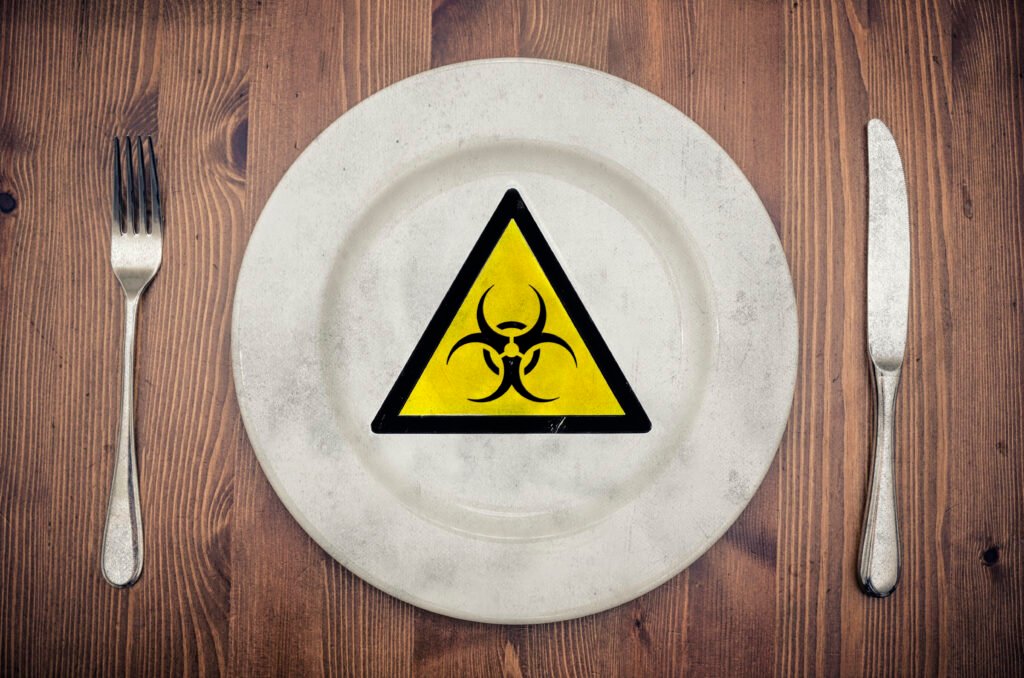Introduction:
In today’s fast-paced world, processed foods often dominate our diets. While convenient, many of these products are loaded with hidden sugars, unhealthy additives, and overly processed ingredients that can harm your health over time. Do you ever wonder why there is an increase in food sensitivities, allergies, and GI problems? Individuals are being diagnosed with hypertension and type 2 diabetes younger and younger. Reading ingredient labels is one of the best ways to make informed choices and protect your well-being. Here are five common food categories where label scrutiny is especially important:
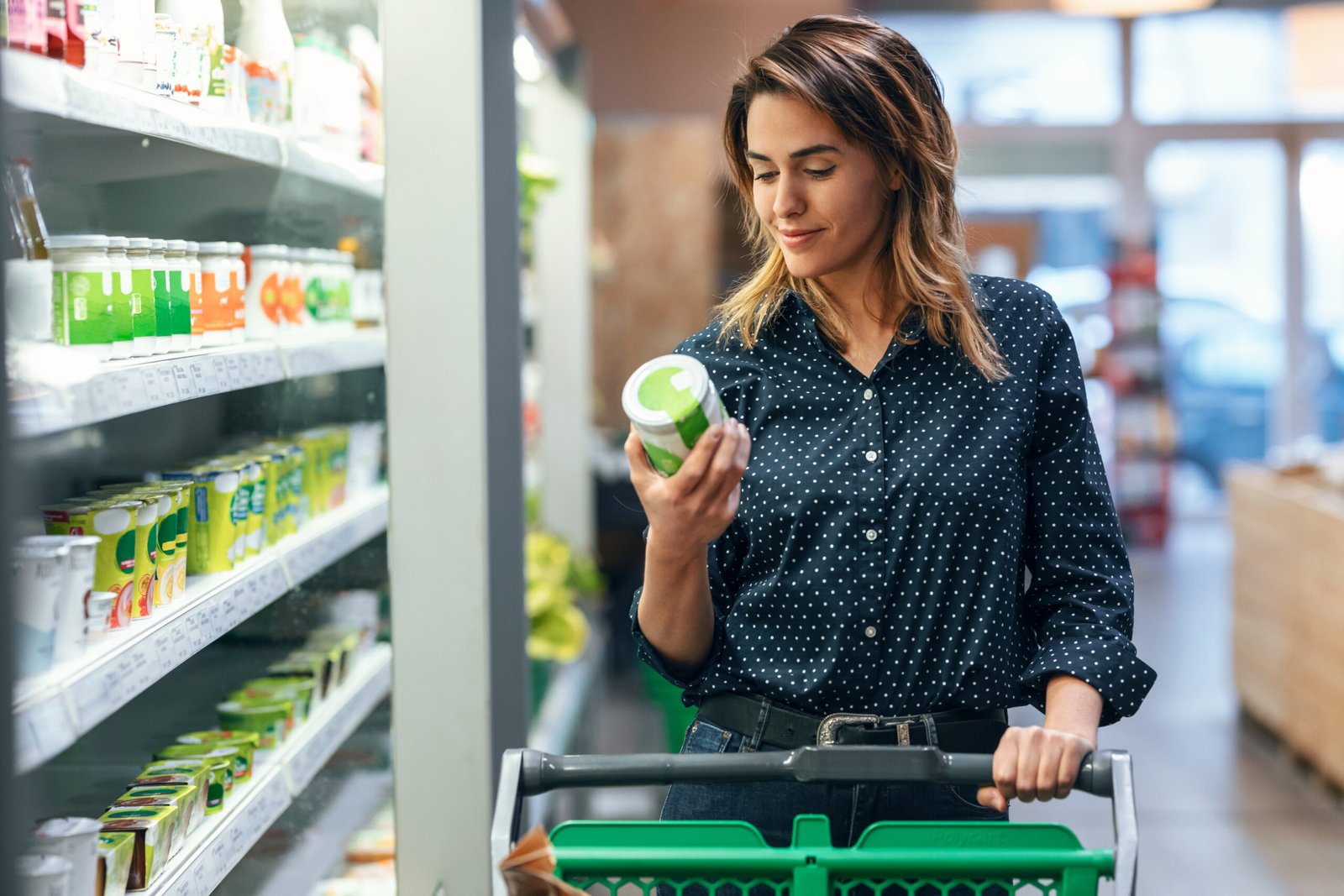
1. Dairy Products
Dairy products like yogurt, flavored milk, and cheese can be surprising sources of hidden sugars and artificial ingredients. Many flavored yogurts, for example, pack more sugar than a candy bar. Homemade sour cream, for instance, only requires two ingredients: cream and an acid or enzyme. However, many store-bought sour creams contain unnecessary gums and preservatives. While I’m not a scientist, it’s worth noting that some gums might not be harmful, but they are often associated with other unnecessary additives.
What to Watch For:
- Added sugars (e.g., cane sugar, high fructose corn syrup)
- Artificial flavors and colors
- Thickeners like carrageenan and gums
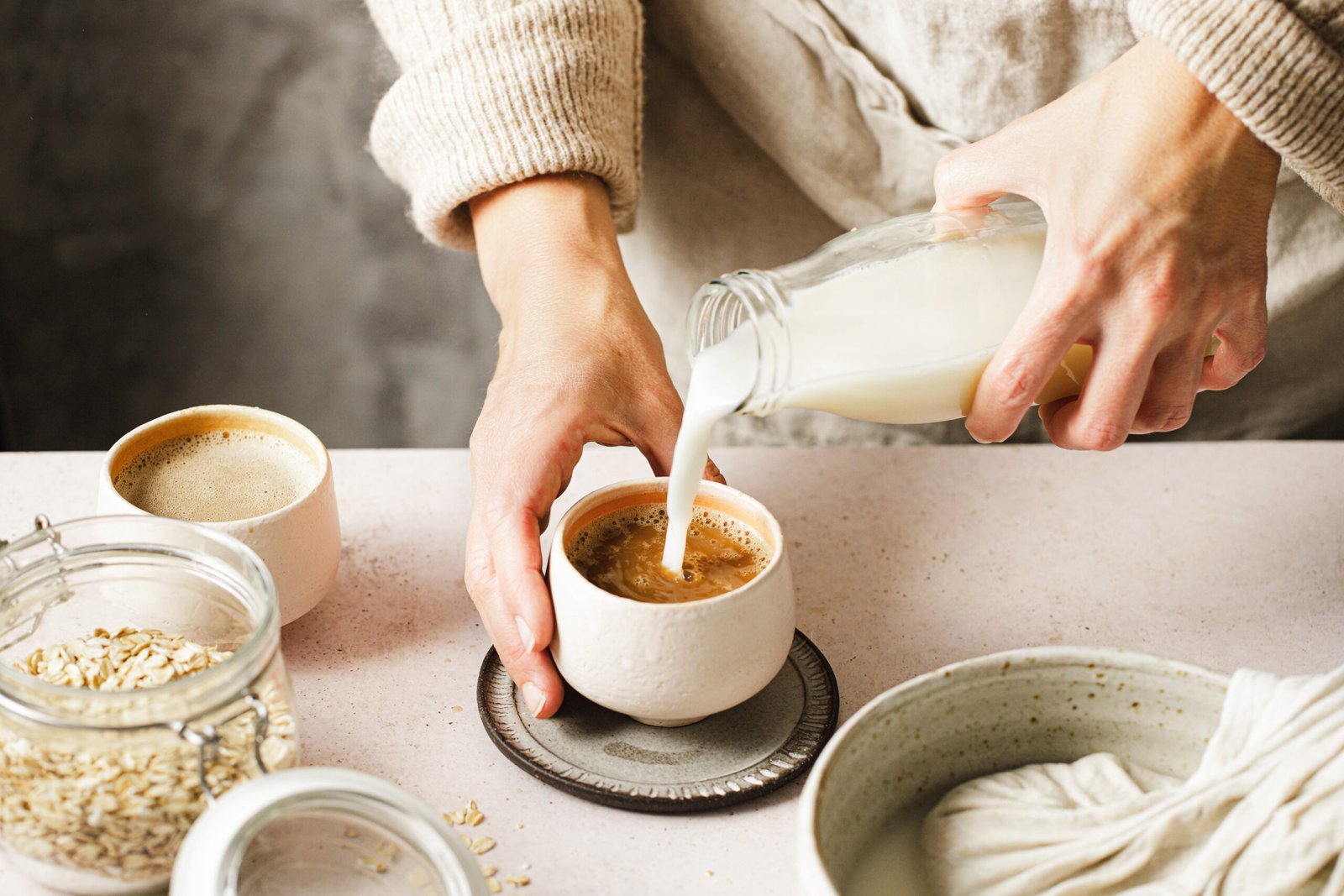
2. Condiments
Ketchup, salad dressings, and barbecue sauces are notorious for being sugar and sodium traps. A single tablespoon of ketchup can contain a teaspoon of sugar! Additionally, many condiments contain “natural flavors,” a vague term that can mask unnecessary additives. You see this in Mustard products. Consider Organic. Now, “natural flavors may not be a bad thing; however, since it is a vague term we cannot always assume.
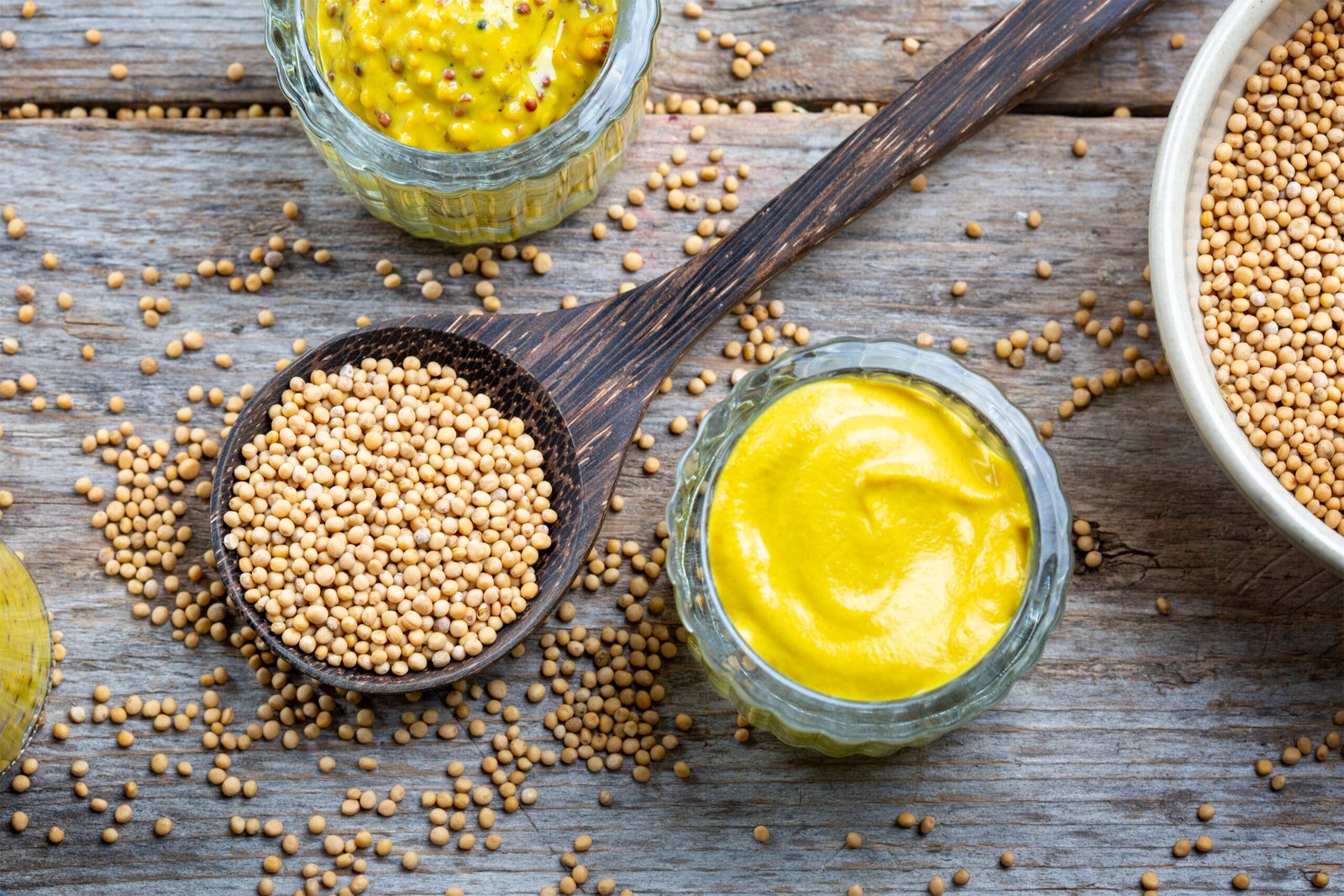
-
Hidden sugars (e.g., maltose, dextrose)
- High Frutose Corn Syrup
-
High sodium content
-
Preservatives like sodium benzoate
-
Natural flavors
3. Juices
Fruit juices often market themselves as healthy, but many are little more than sugary water with minimal nutritional value. Even juices labeled “100% fruit juice” can be high in natural sugars without the fiber that whole fruits provide. Instead, prioritize whole fruits or make fresh juice at home.
What to Watch For:
- Added sugars (e.g., glucose syrup)
- Artificial flavors and colors
- Lack of fiber content
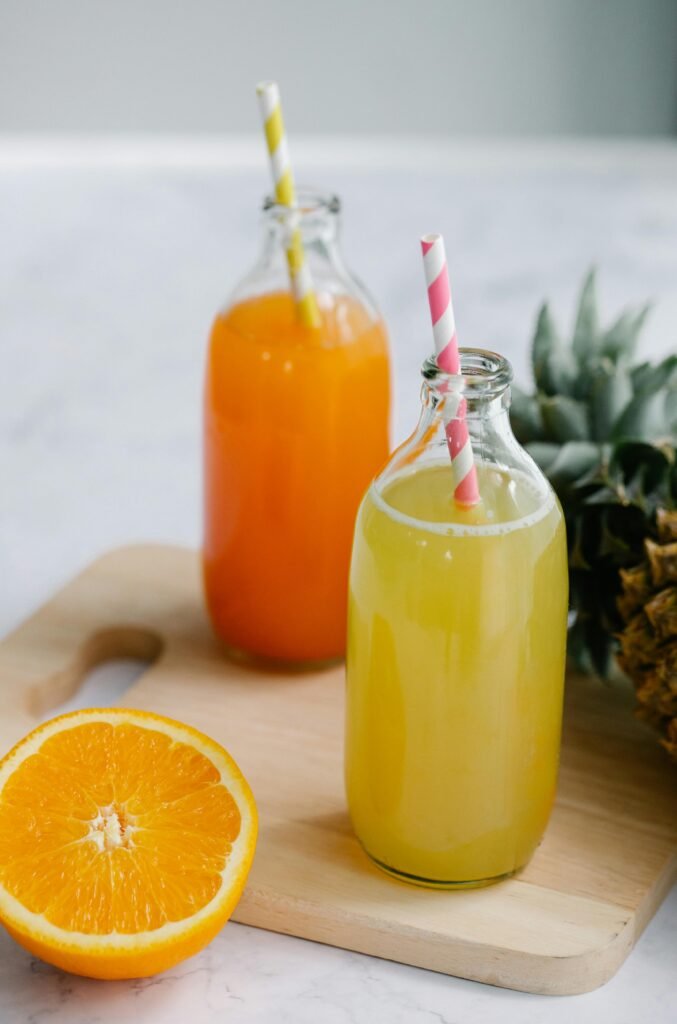
4. Cereals and Oatmeal
Breakfast cereals and instant oatmeal packets are often marketed as “healthy” but can be loaded with sugar, artificial flavors, and unnecessary additives. Even cereals labeled as “whole grain” can be deceiving. Aim for plain oats or cereals with minimal ingredients and no added sugars.
What to Watch For:
- Added sugars (e.g., brown sugar, molasses)
- Artificial sweeteners (e.g., aspartame)
- Unnecessary additives (e.g., BHT, food dyes)
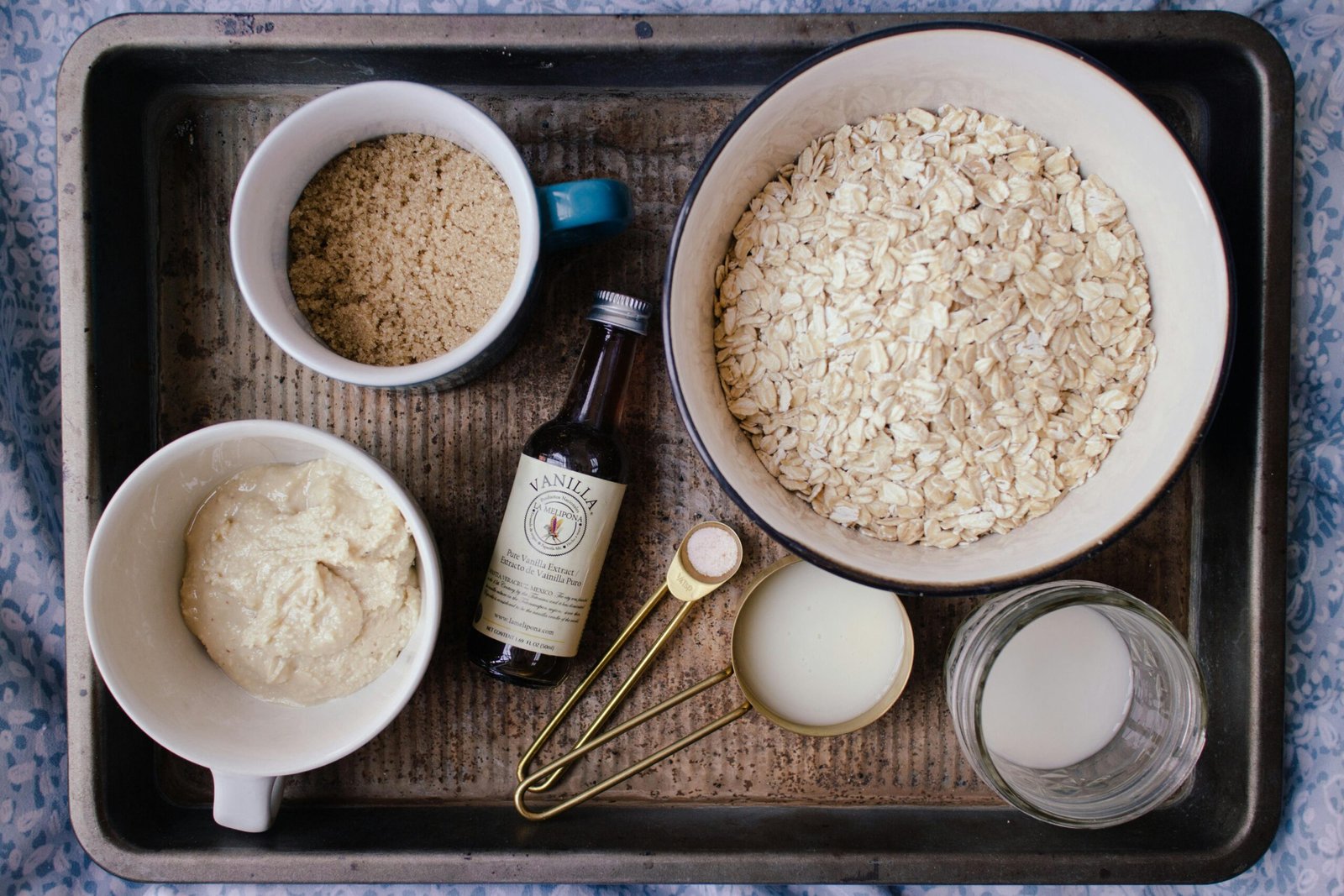
5. Bread
Bread is a pantry staple, but many commercial varieties are far from wholesome. They often contain added sugars, preservatives, and refined flours that strip away nutrients. Homemade bread, while it does contain sugar, typically has far fewer ingredients than store-bought options. Choose whole-grain or sprouted grain bread with a short ingredient list and avoid those with unpronounceable chemicals. For example, Dave’s Killer 21 Whole Grains and Seeds Bread is a great choice, as it’s made with organic whole grains and contains no artificial ingredients. Also, pay close attention to serving size and the sugar and salt content, as these can vary widely between brands.
What to Watch For:
- Enriched or bleached flour
- Added sugars (e.g., honey, malt syrup, processed sugars)
- Dough conditioners and preservatives (e.g., azodicarbonamide)

Additional Consideration: Organic Products
Not all “organic” products are automatically the best choice. While organic foods are often a better option, especially if they are USDA Organic and Non-GMO, it’s still important to read the labels. Organic junk food is still junk food if it’s packed with sugars and additives.
Final Thoughts
Taking the time to read ingredient labels can feel daunting at first, but it’s a crucial step toward healthier eating. By understanding what goes into your food, you can make smarter choices and reduce your exposure to harmful additives. It’s okay to have your favorite fountain drink from time to time—it’s hard to fully eat clean. However, as I always say, just pick your poison. Stick to whole, minimally processed foods whenever possible, and don’t be fooled by clever marketing—always let the ingredient list be your guide.
